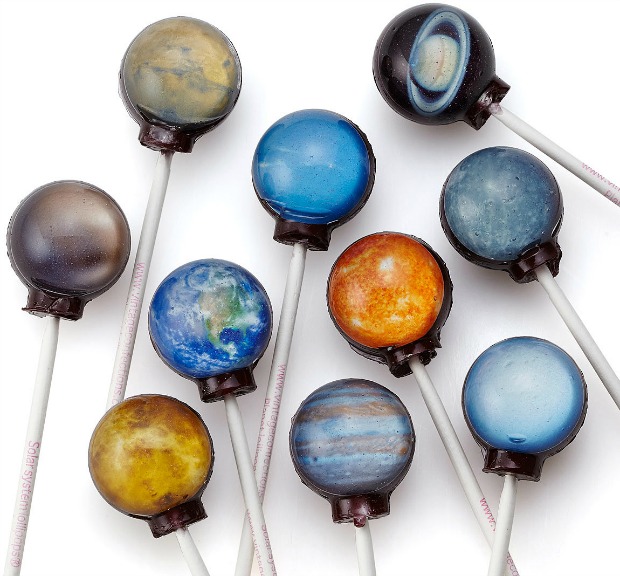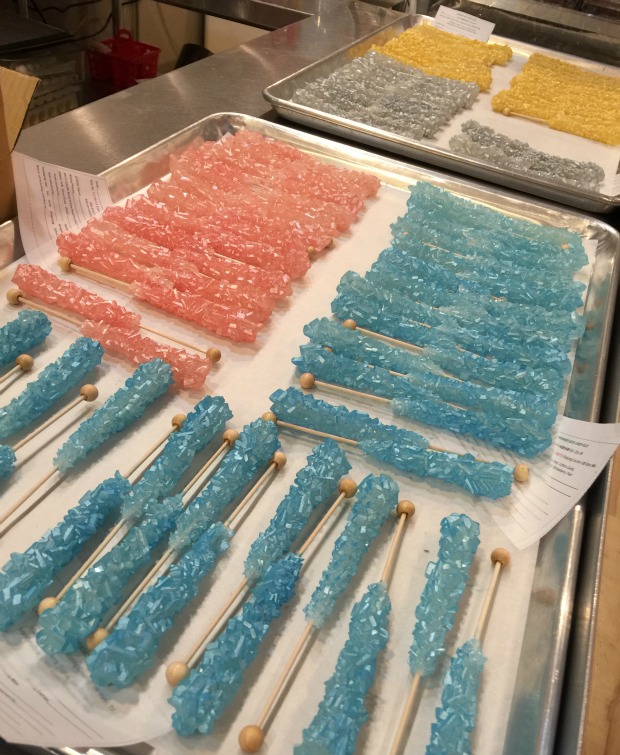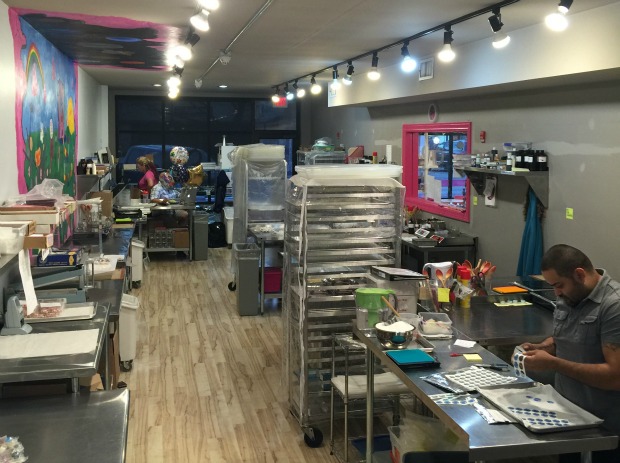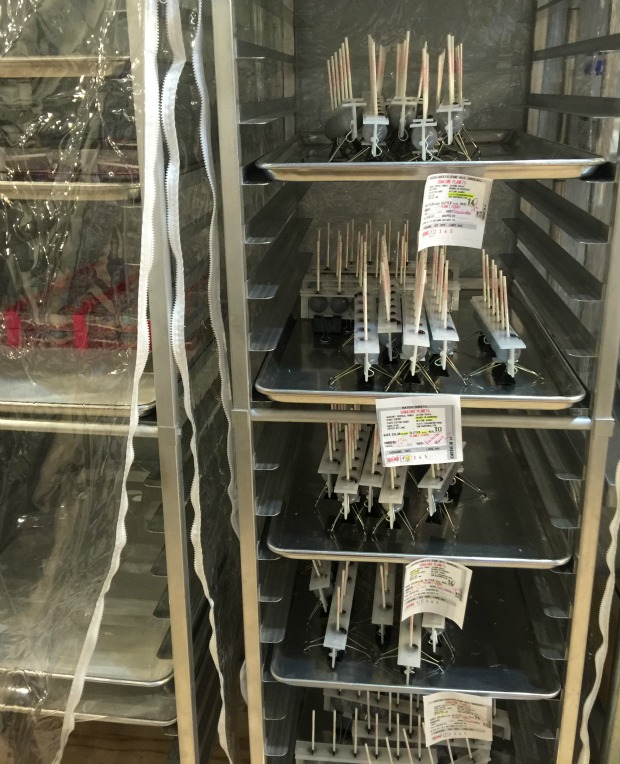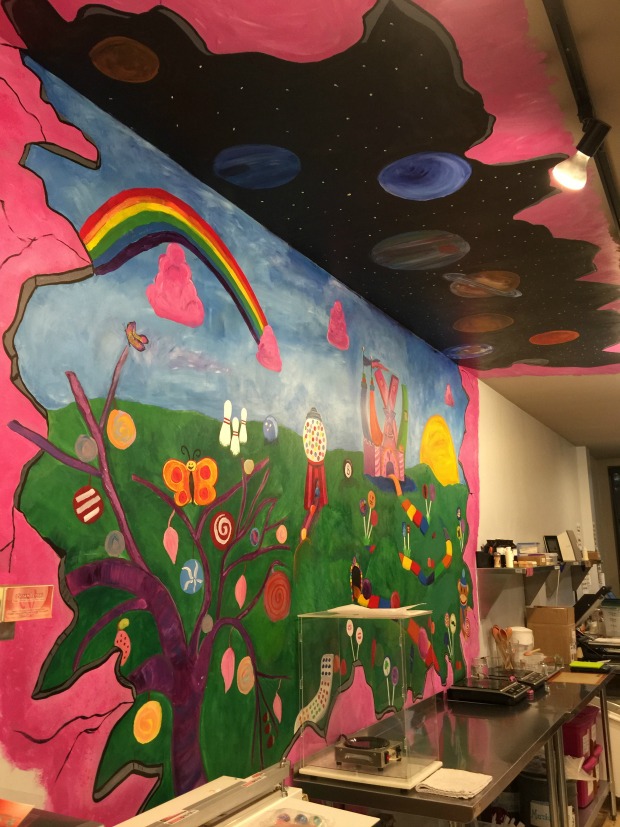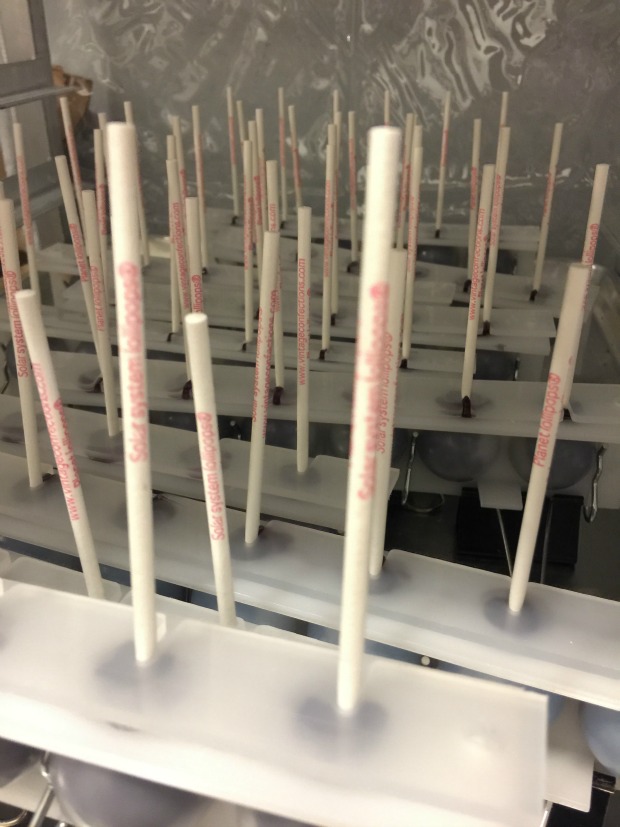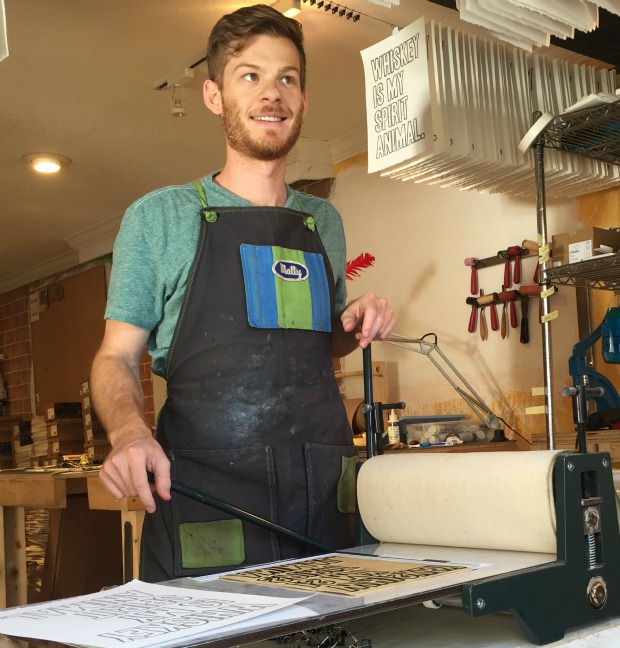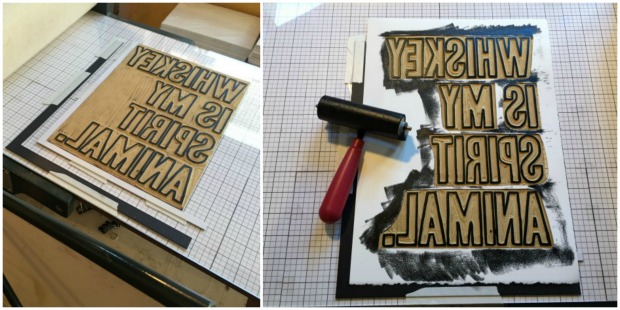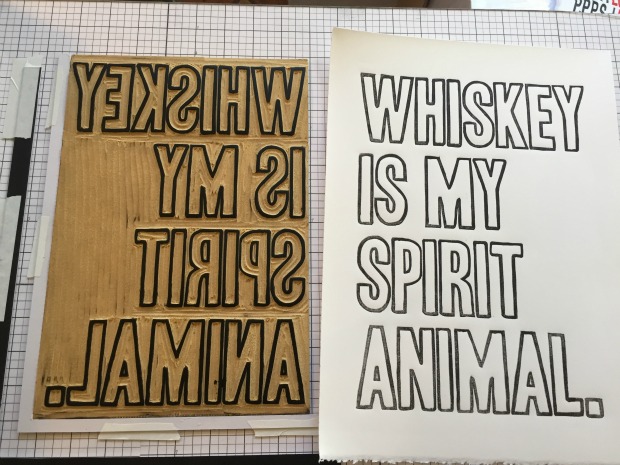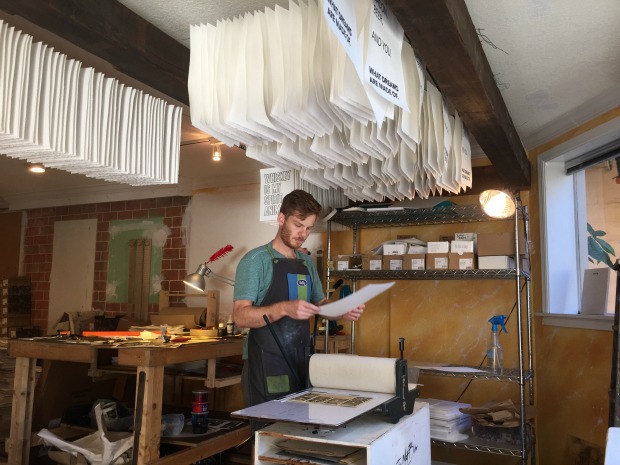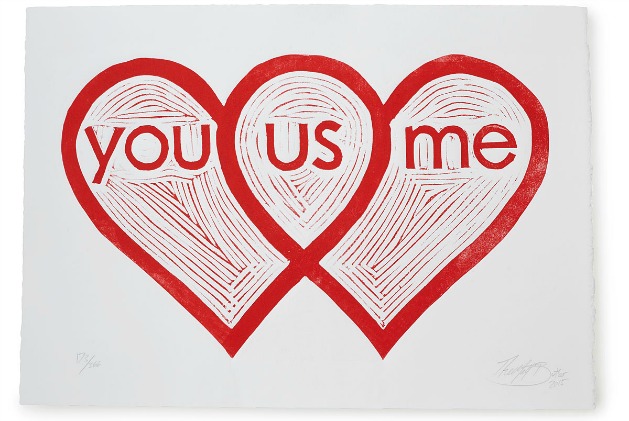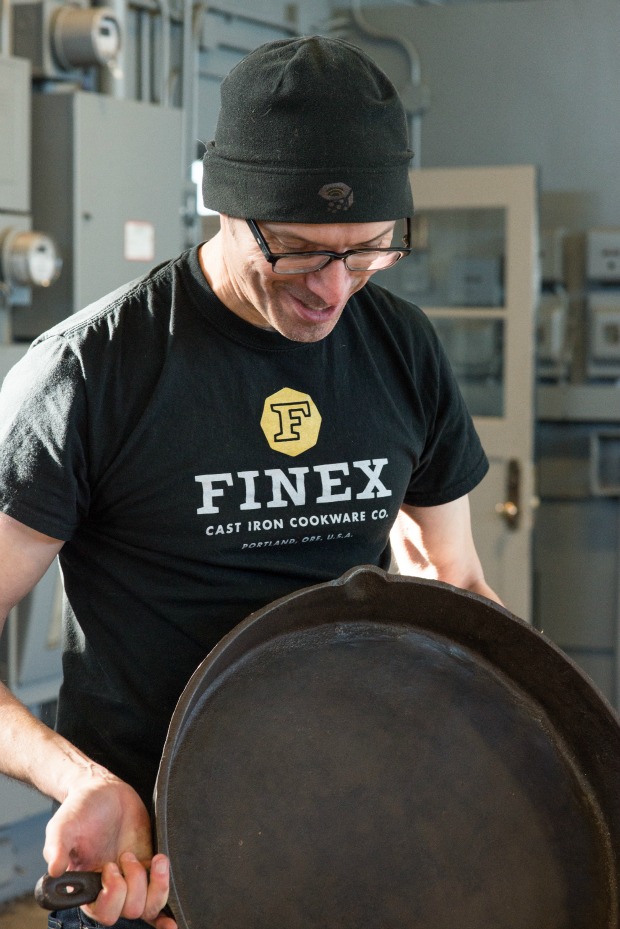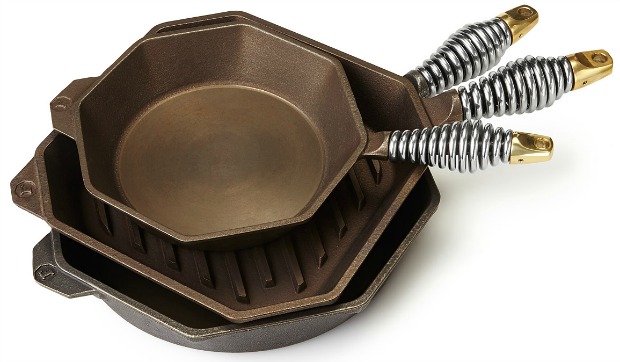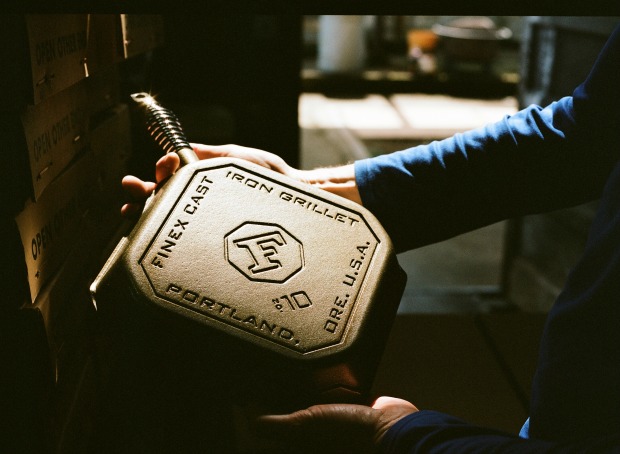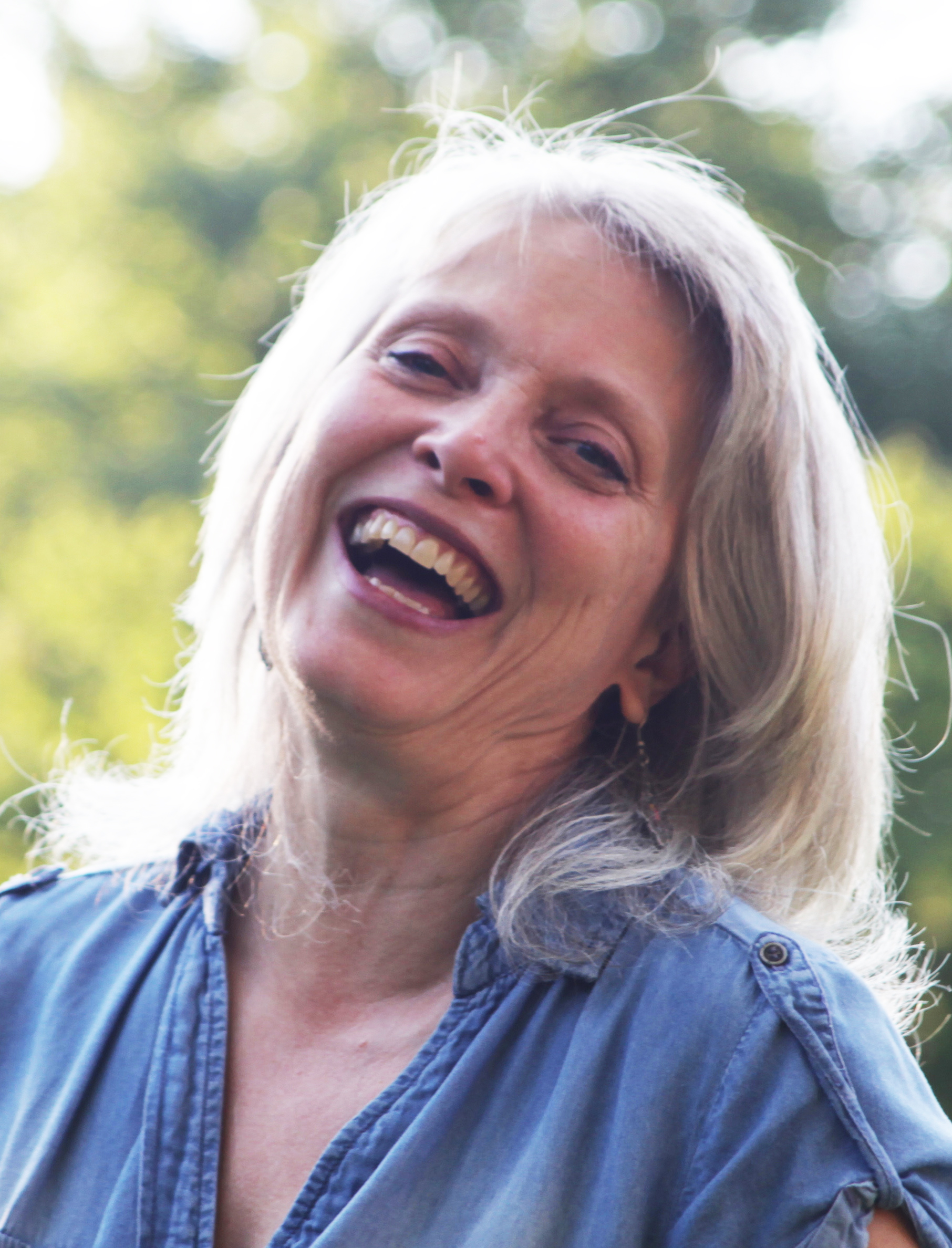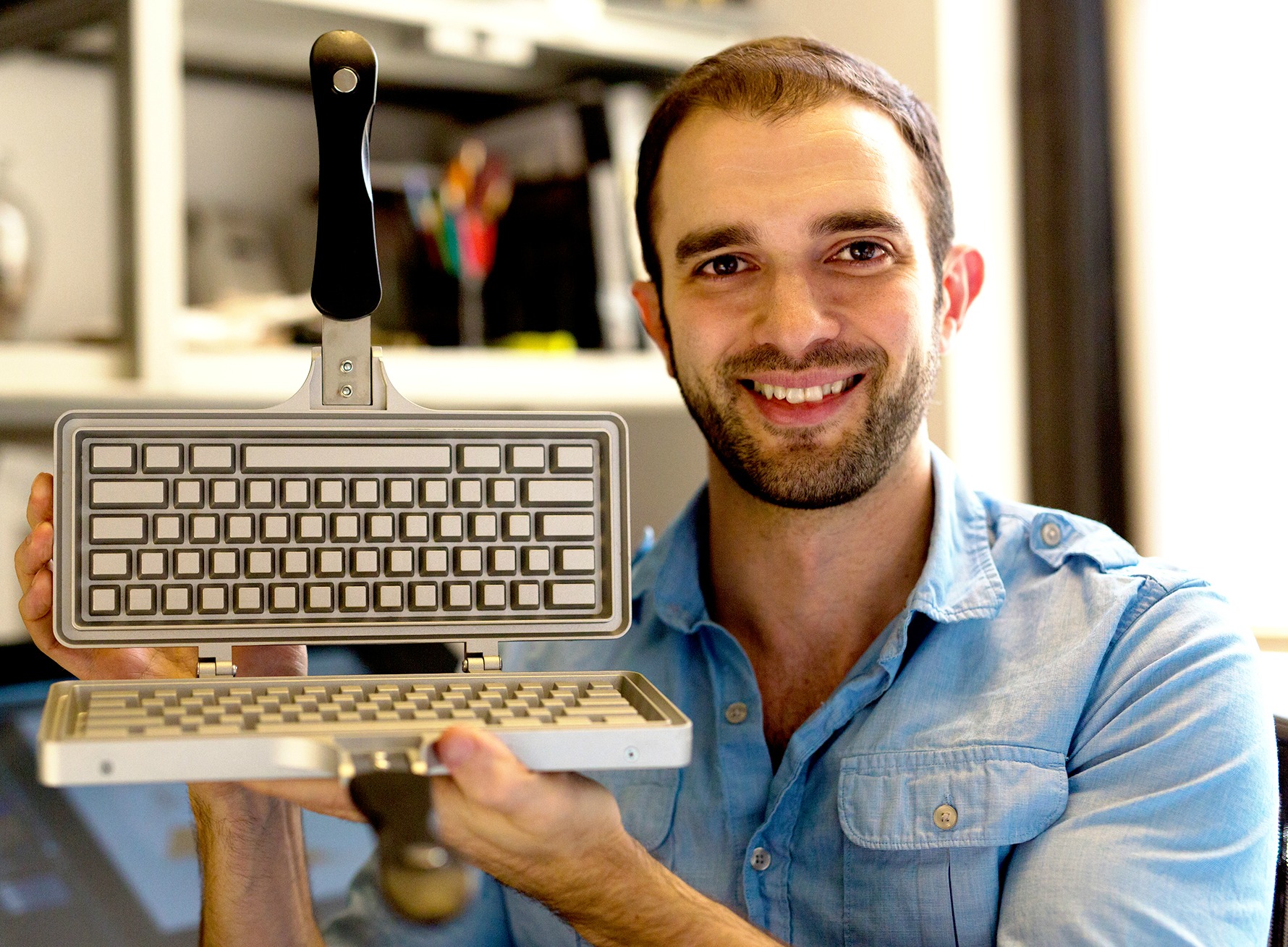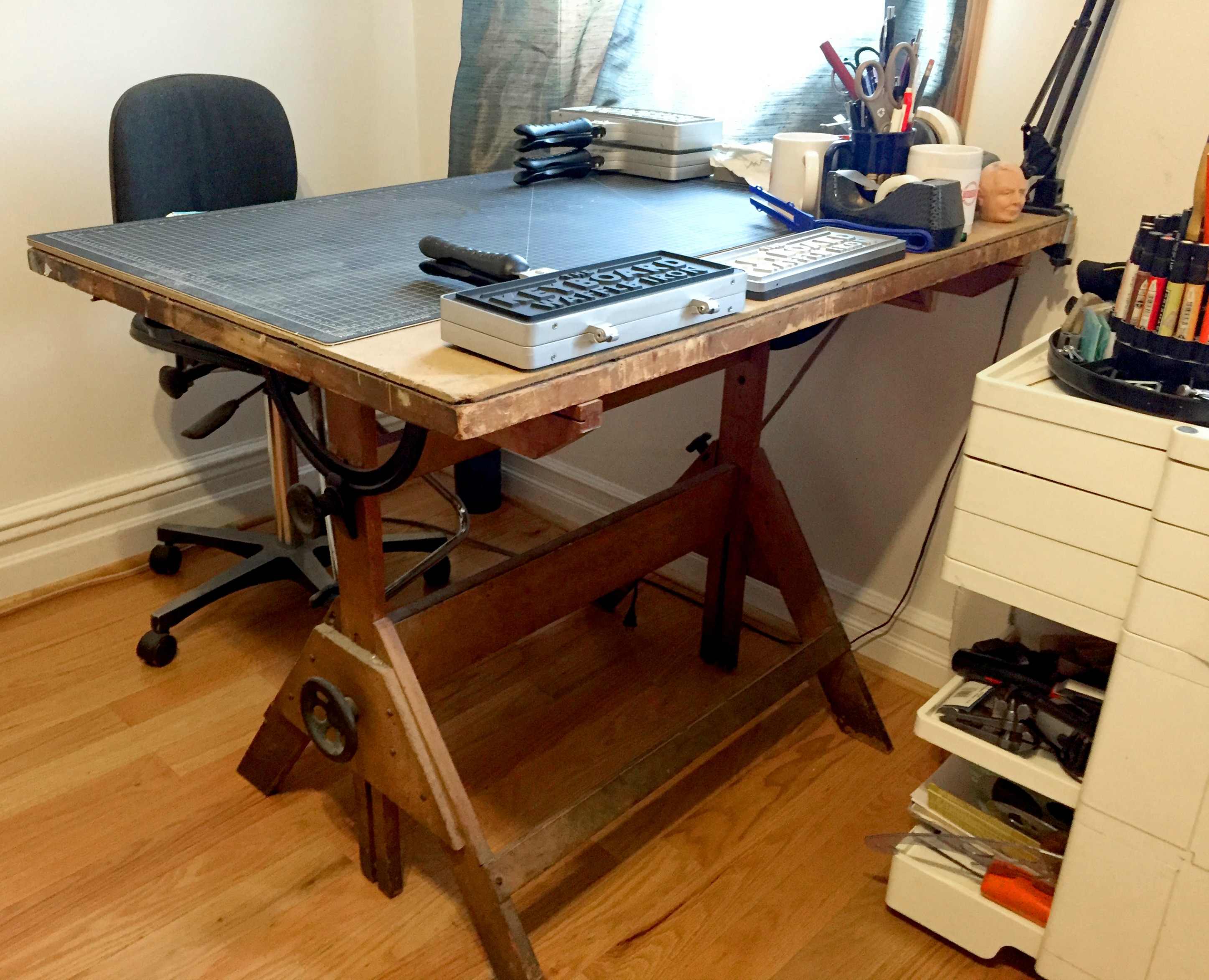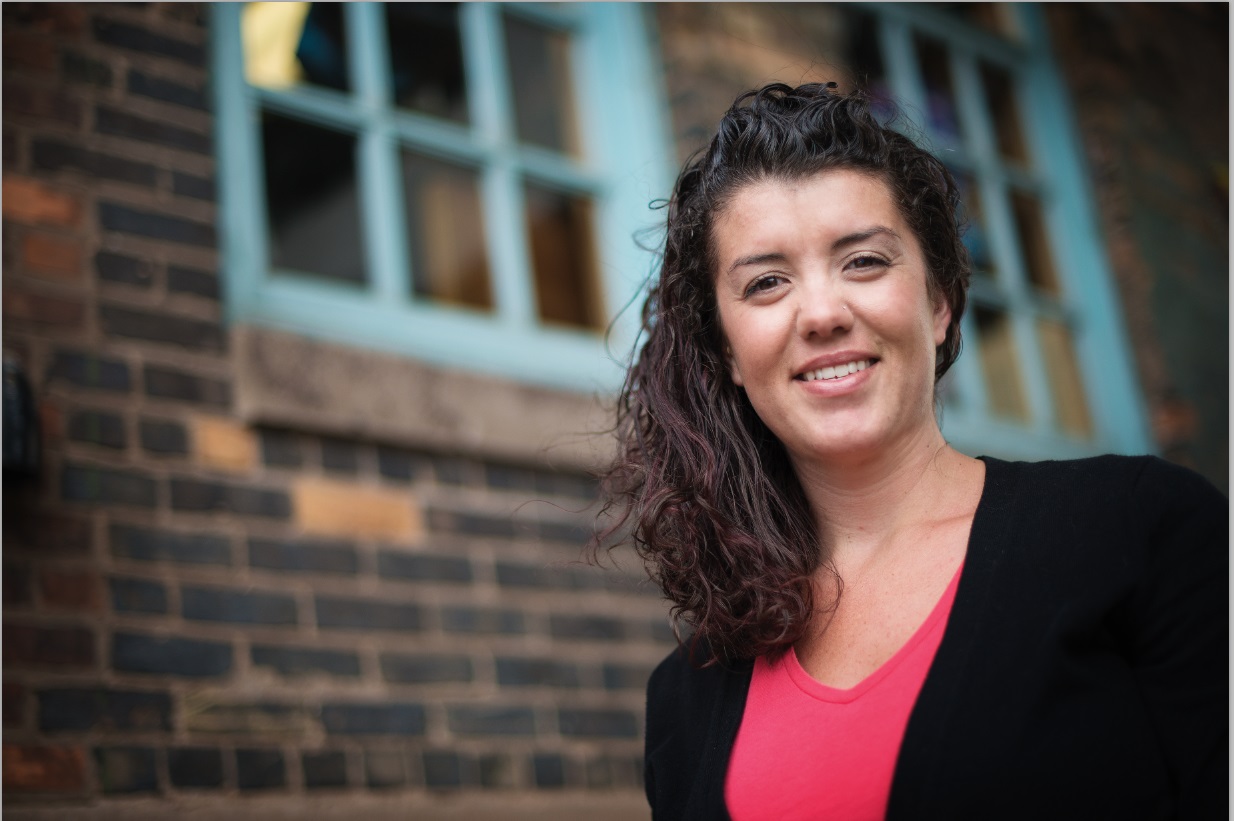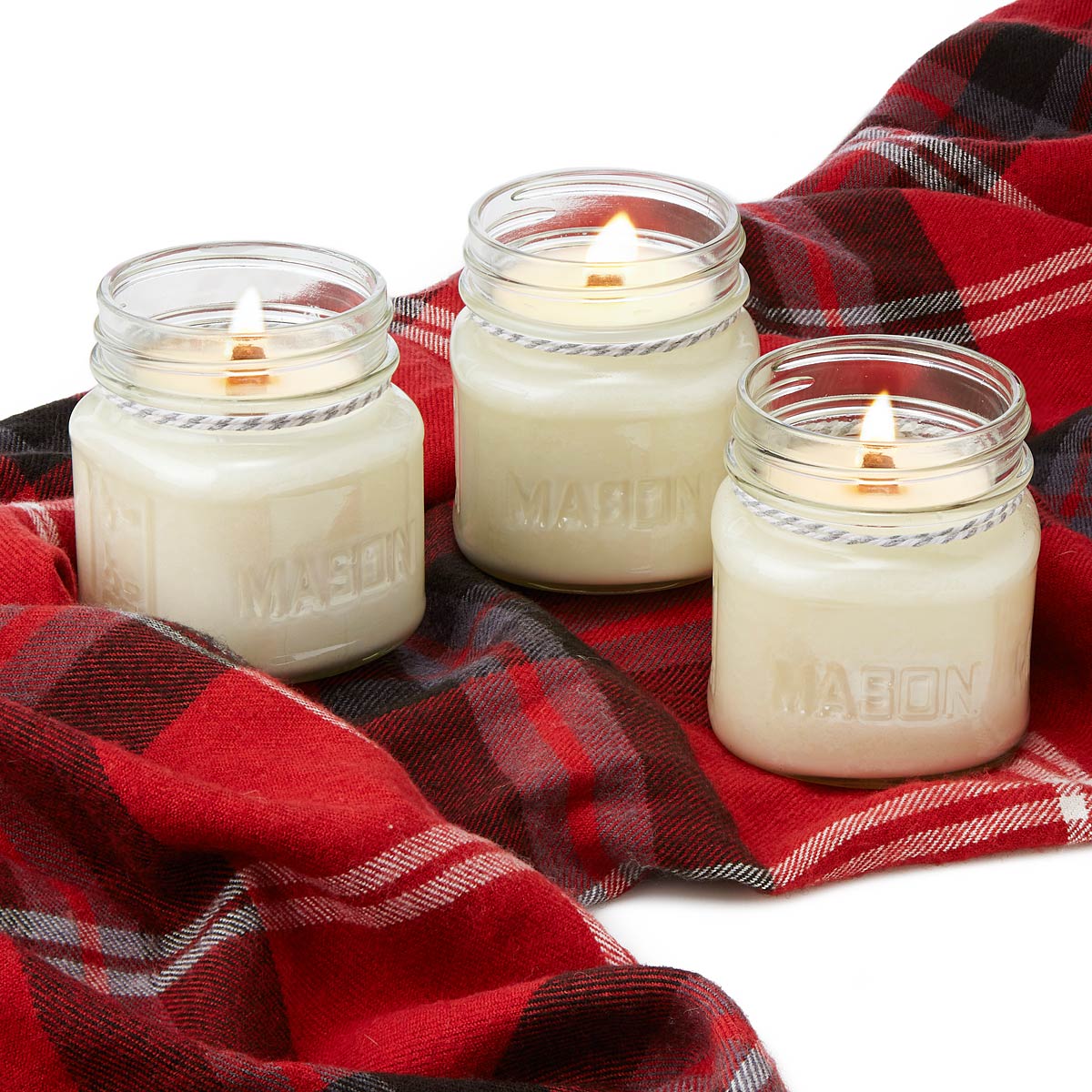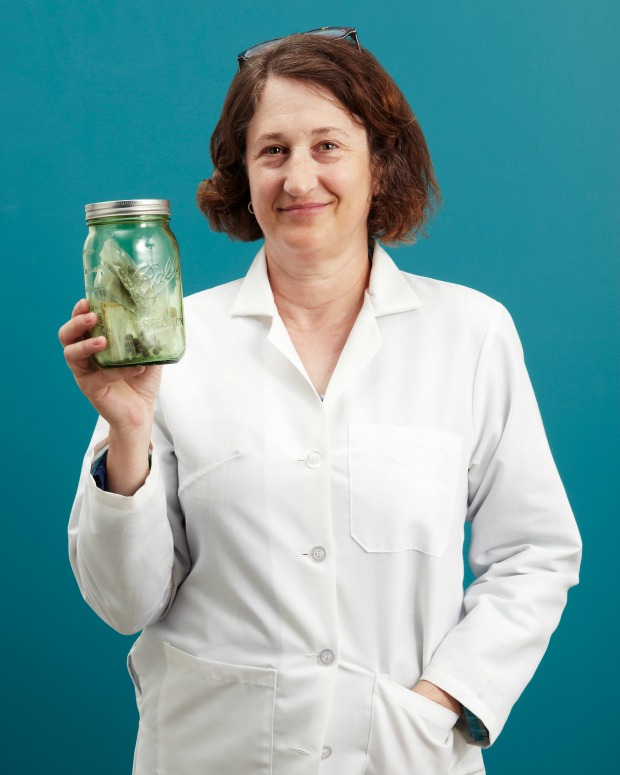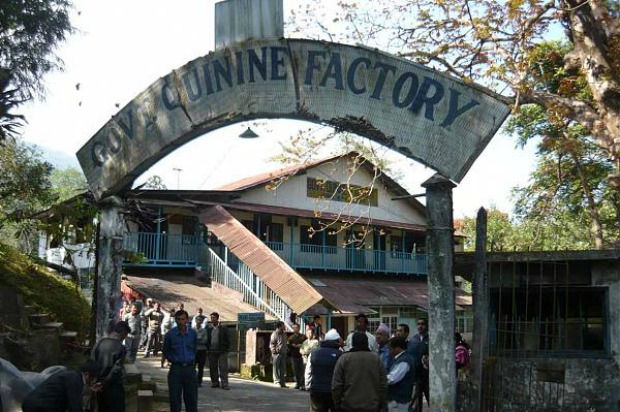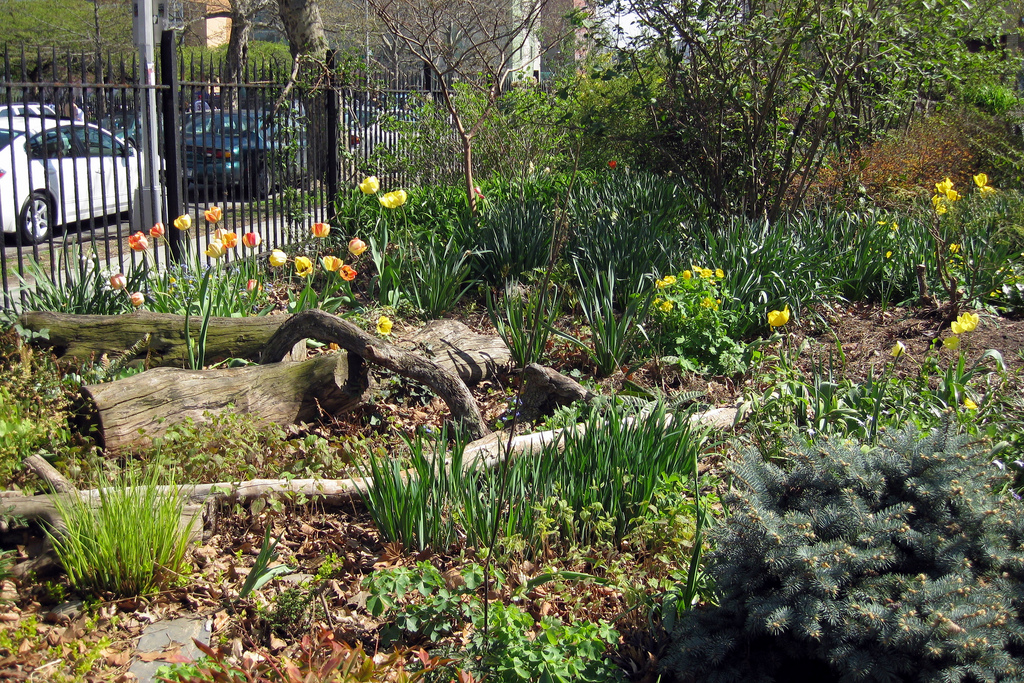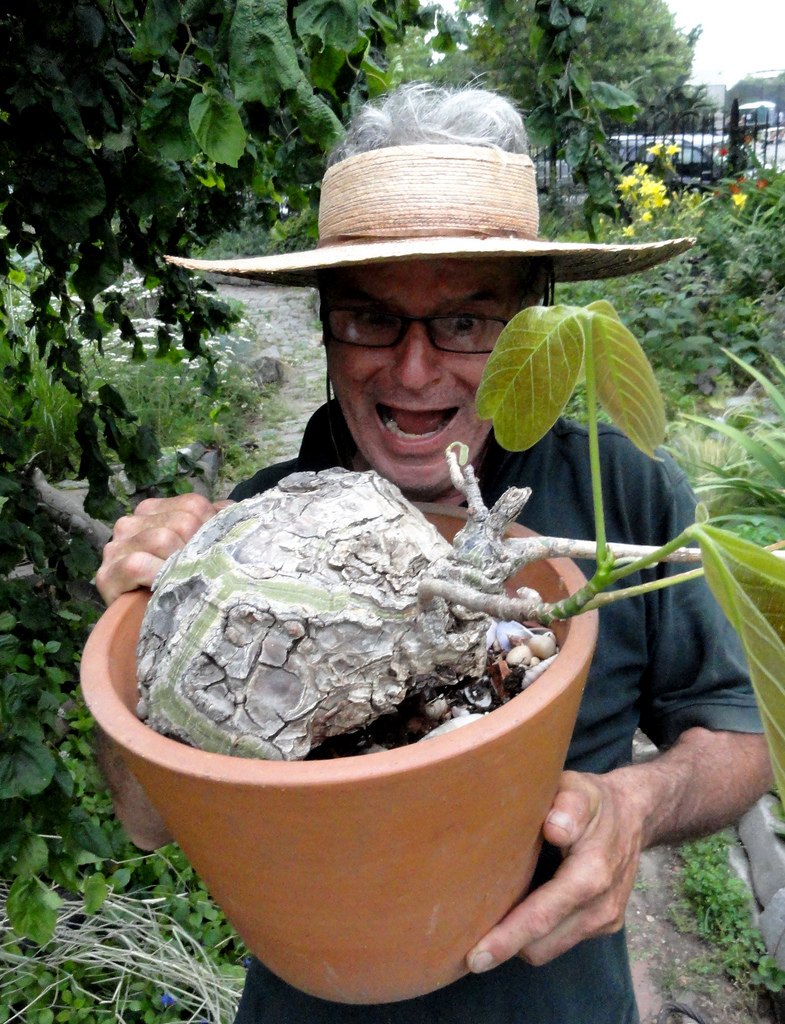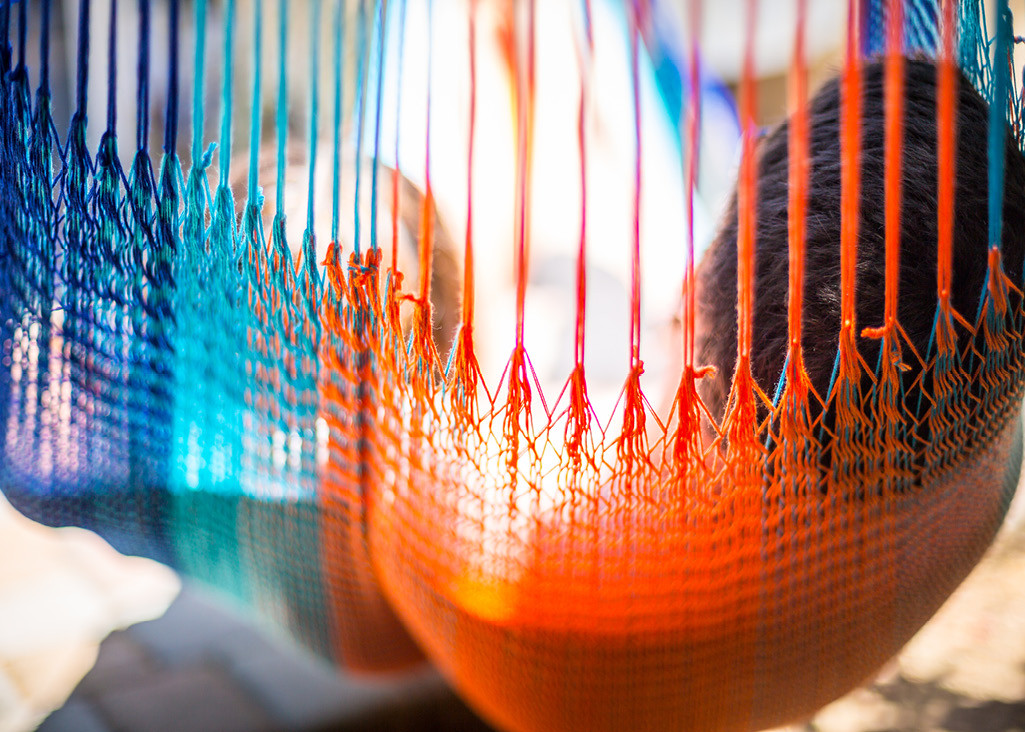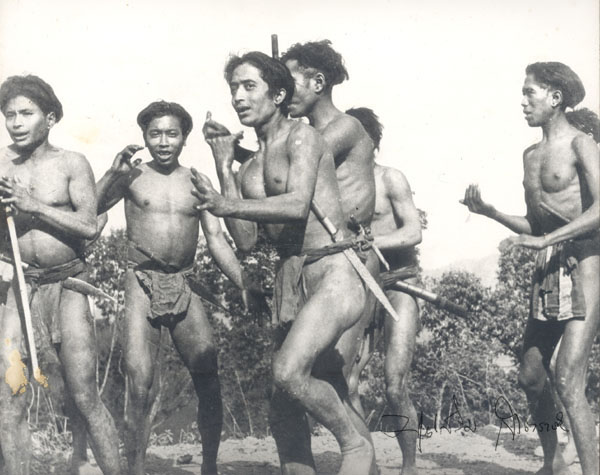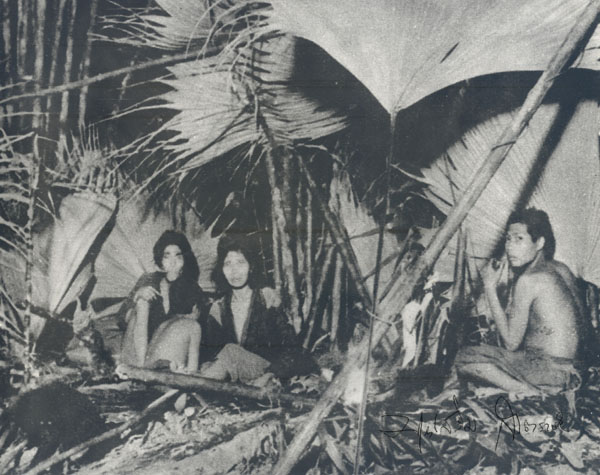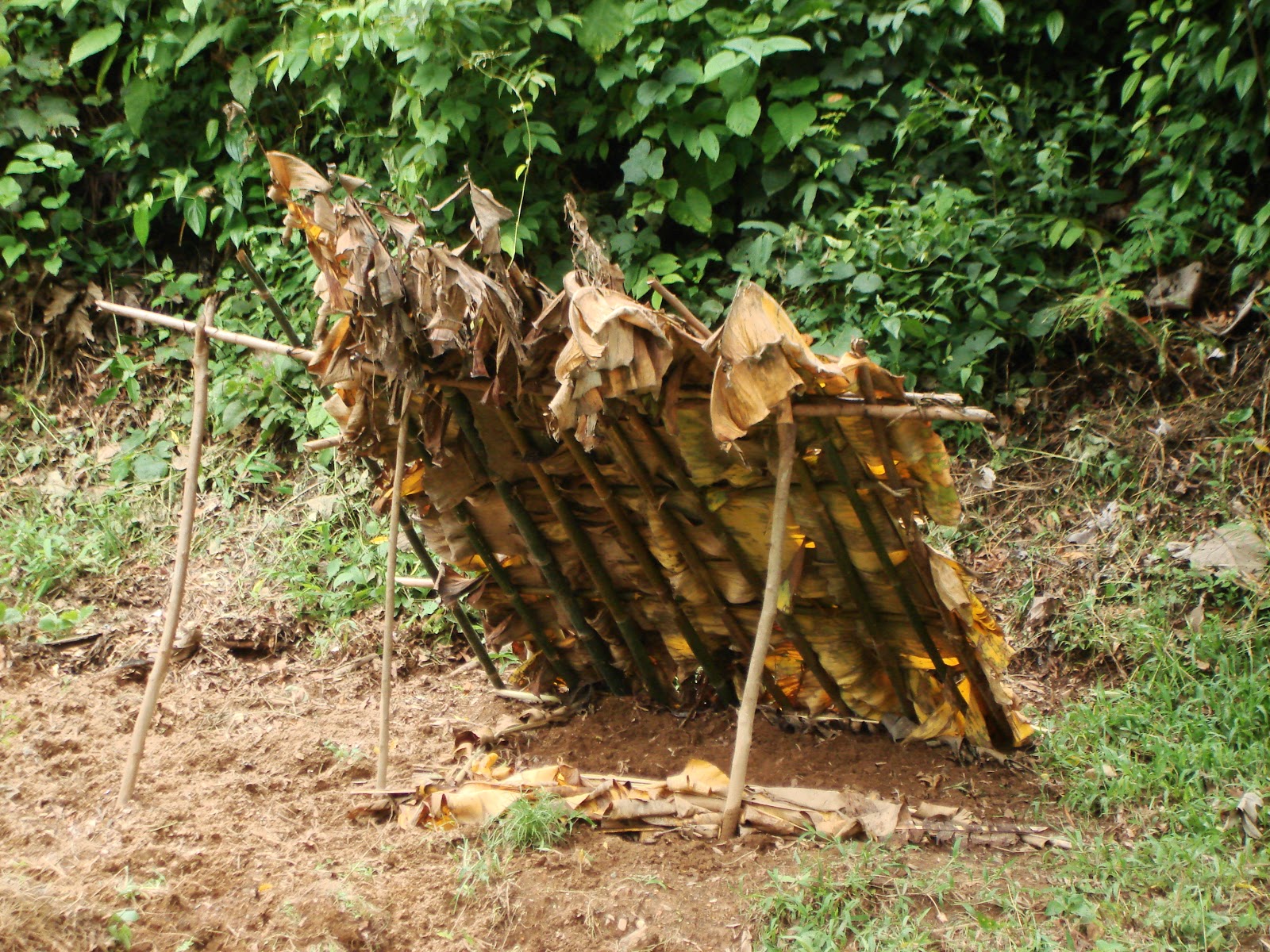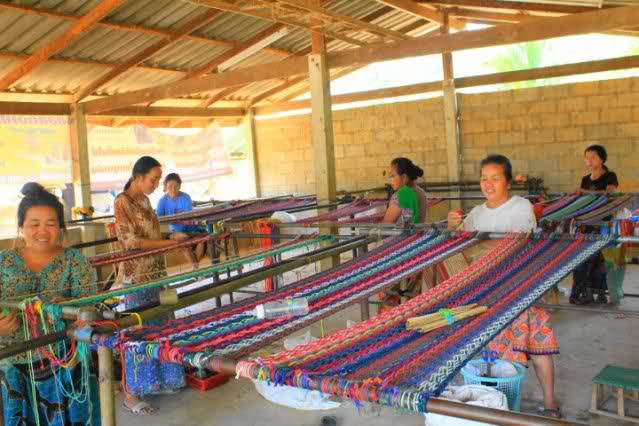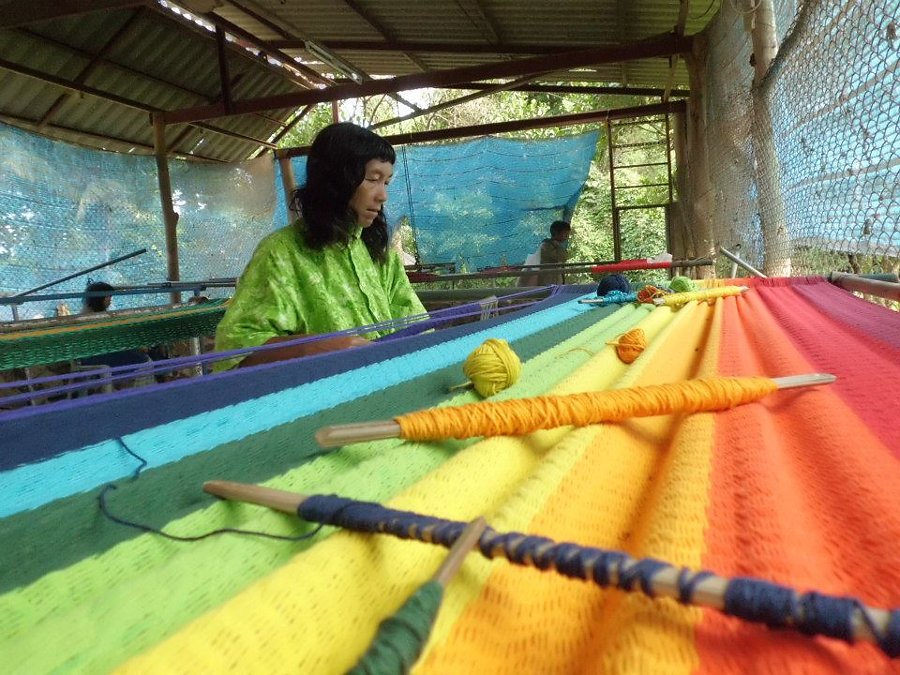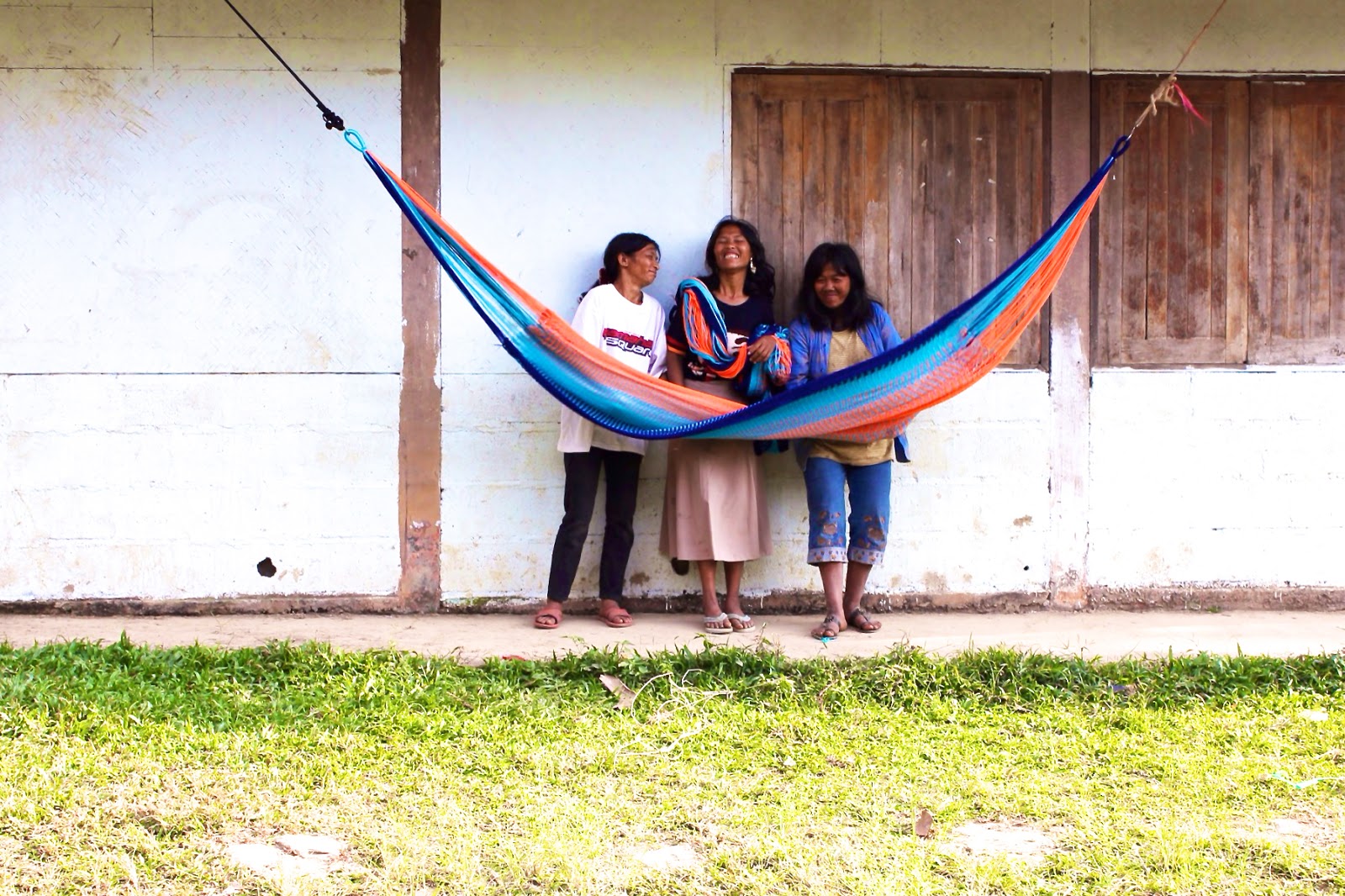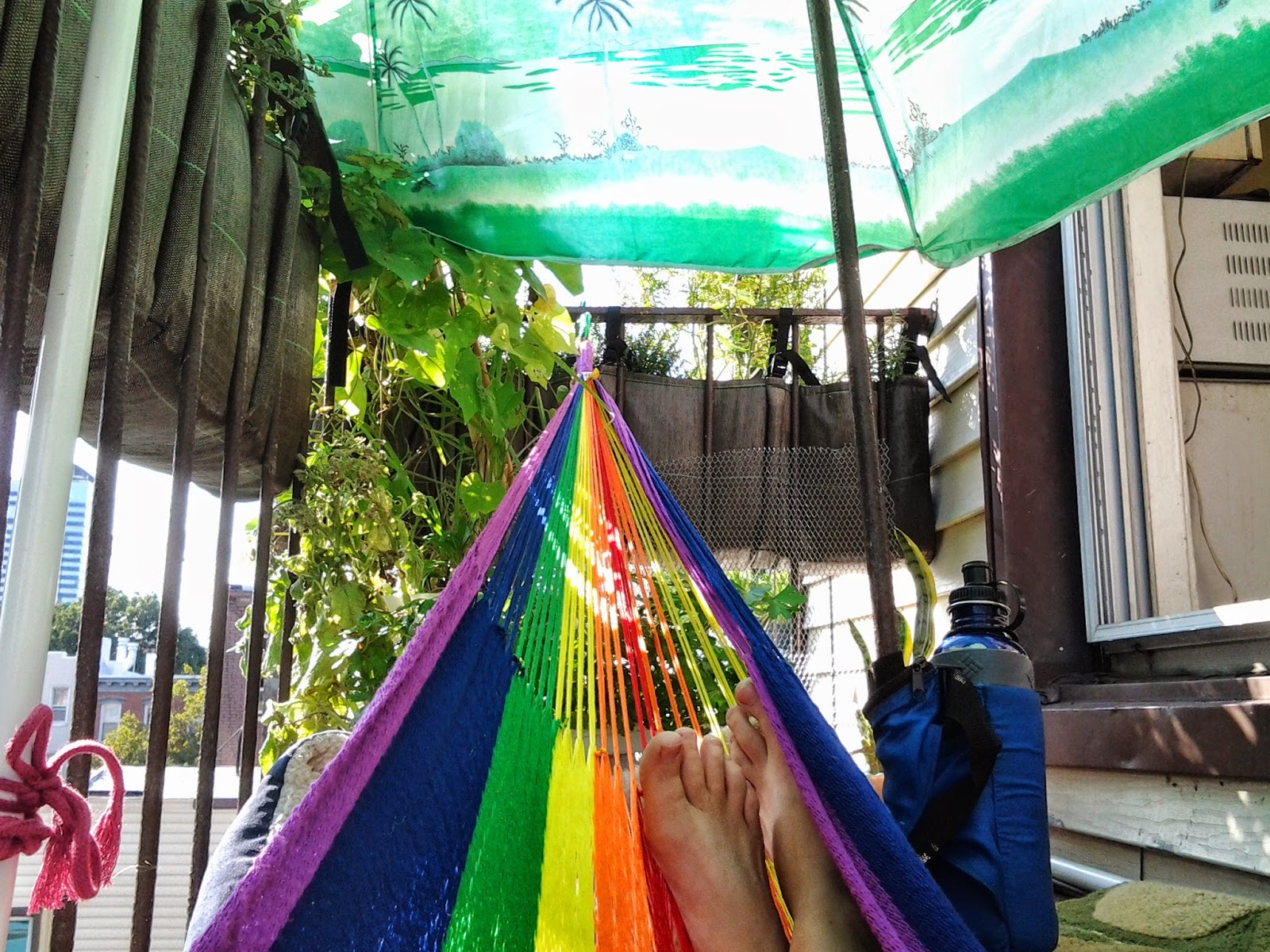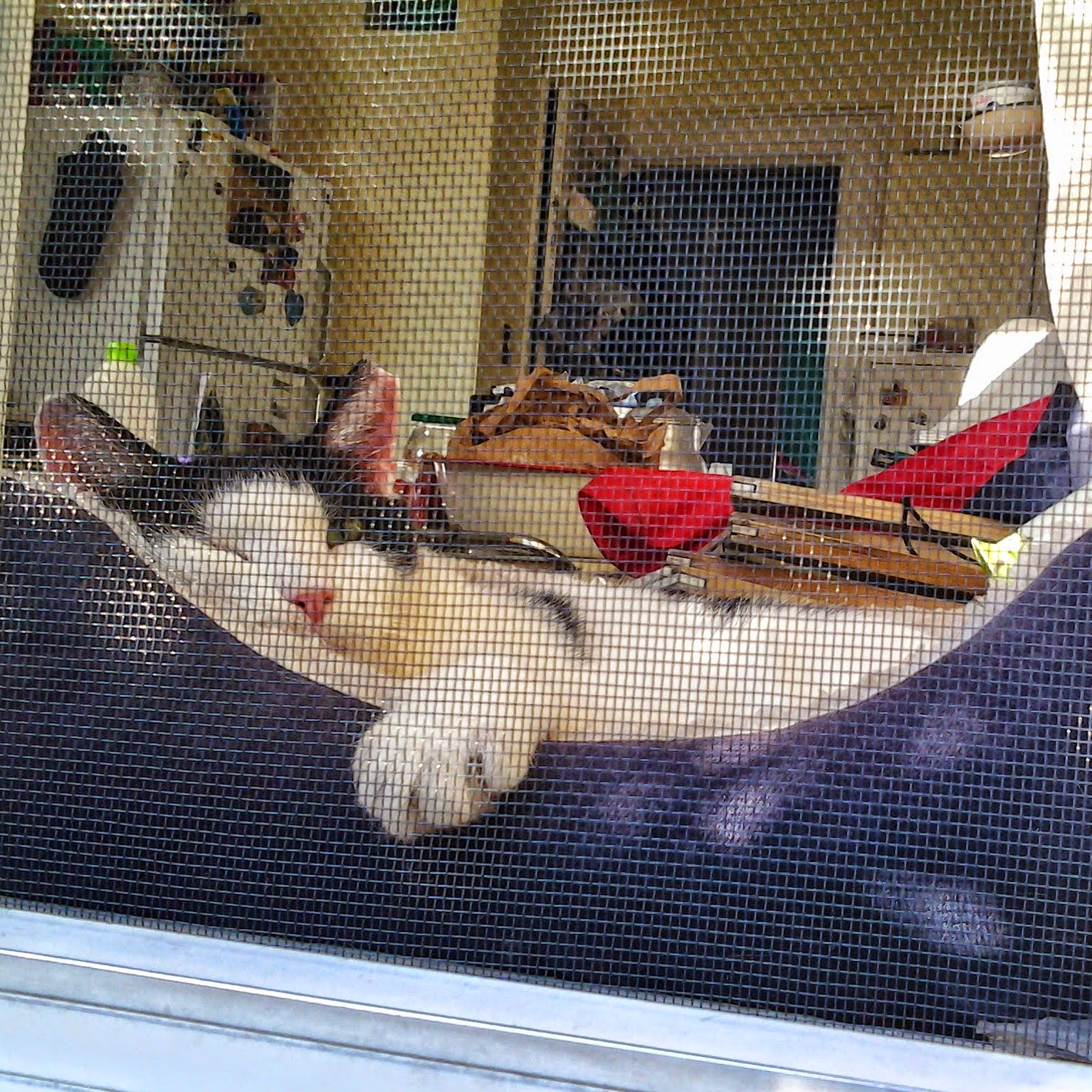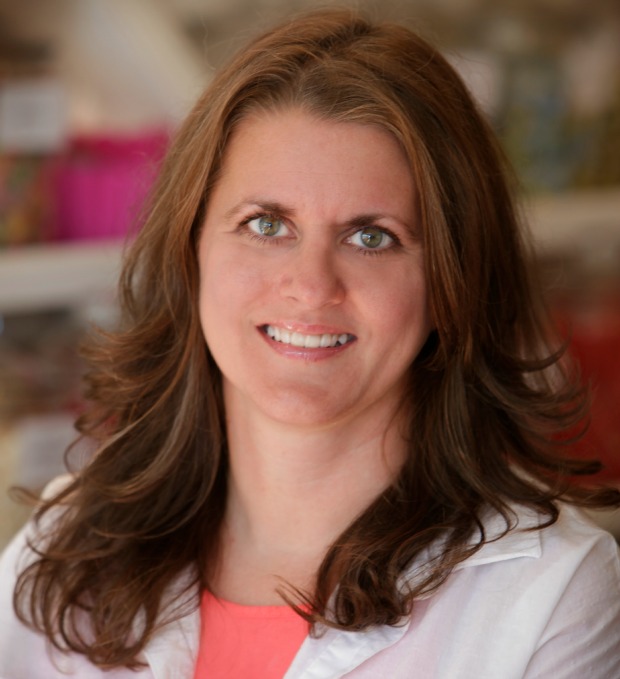
Our makers never fail to motivate us, encourage our creativity, and fill us with inspiration. So, when a new design enters our assortment, we’re always excited to learn more about the people behind the product.
What gets an artist going and keeps them creating is certainly worth sharing, and every great connection starts with a simple introduction. Meet Heather Kelly, the artist behind our new Planet Lollipops.
When did you know you wanted to be an artist/artisan/maker?
Being an artist/artisan came about purely by accident. I have always had a crafty way about me but after my sister opened an Etsy shop to sell hair ribbons and told me about a relative of ours that made one pillow and sold it on the same venue, I was intrigued. I enjoy being in the kitchen and decided I would make fortune cookies with custom messages. It all started there. Curiosity drove me to other custom edibles including lollipops, which we make exclusively today. The days of those fortune cookies are long gone.
What was the most exciting thing about becoming a professional artist/artisan/maker?
It is particularly exciting to be noticed by big names. That what you’re doing is special enough and unique enough to get noticed; Martha Stewart, CNET–my business has received a lot of attention for some big names and creating a “wow factor” with them is great fun.
What does your typical day in the studio look like?
I have about 30 employees now so my day is spent managing people mainly. I am also deeply involved in customer service, sales, web development and social media. Luckily I get to apply creative license across many platforms. And they do still take my ideas in the kitchen.
Is there a trinket, talisman, or other inspirational object you keep near? If so, what is it and what does it mean to you?
My inspiration honestly is my family. I have four boys and I want them to come up seeing me work hard and be rewarded for that. I hope that example rubs off on them and they lead productive, hard working lives and contribute to whatever career they ultimately decide on.
Imagine you just showed your work to a kindergartener for the first time. What do you think they would say?
This has happened! We have donated lollipops to schools studying space and the solar system. Almost all of them start identifying the planets in each lollipop and “Wow…cool…” is almost always the first thing they say. Right before they say “Yummy”.
What quote or mantra keeps you motivated?
I have a few quotes that I keep handy. Three from others. One is my own.
We are the music makers, and we are the dreamers of dreams.
– Arthur O’Shaughnessy & Willy Wonka
Creativity is intelligence having fun.
-Albert Einstein
Creativity is a continual surprise.
– Ray Bradbury
It’s simply not good enough to just be capable of greatness.
-Me

